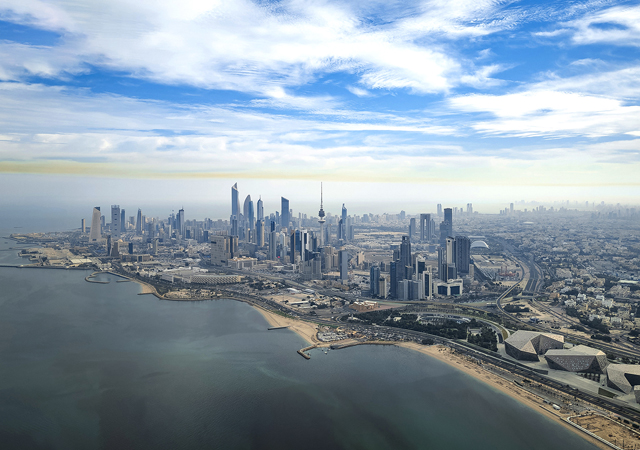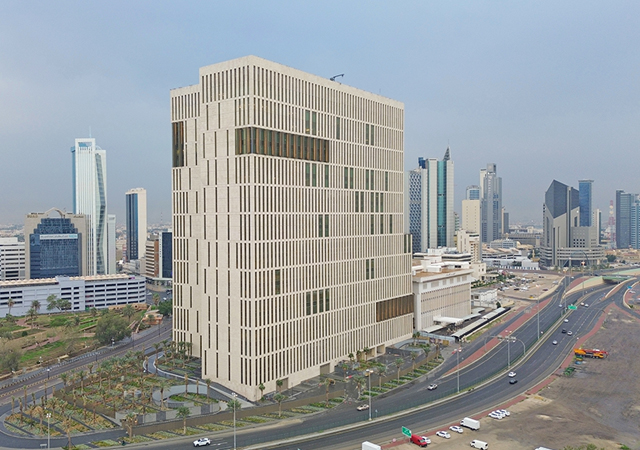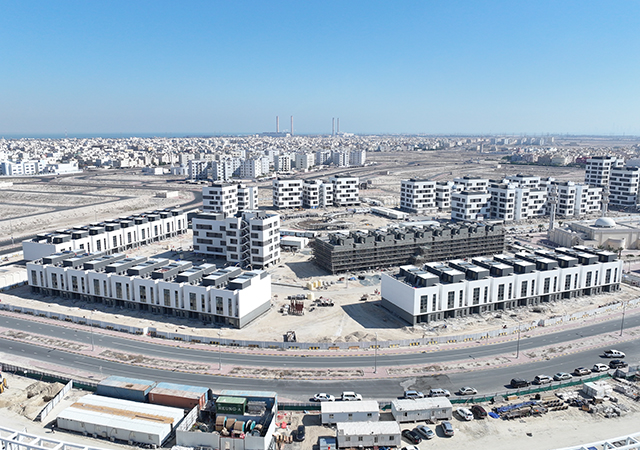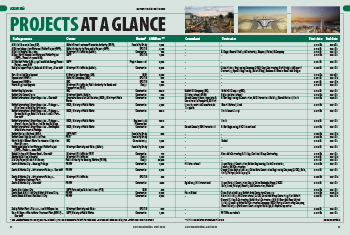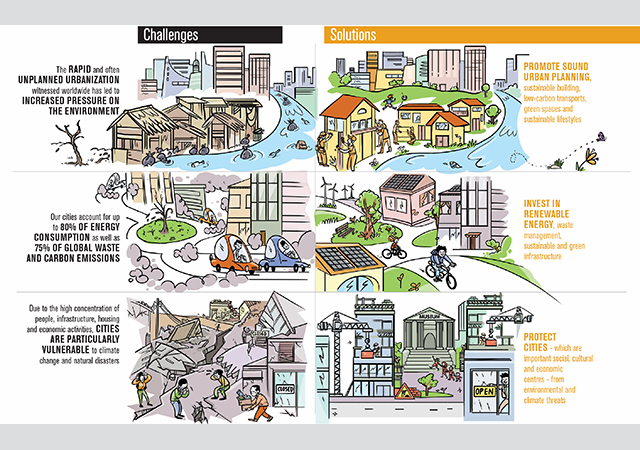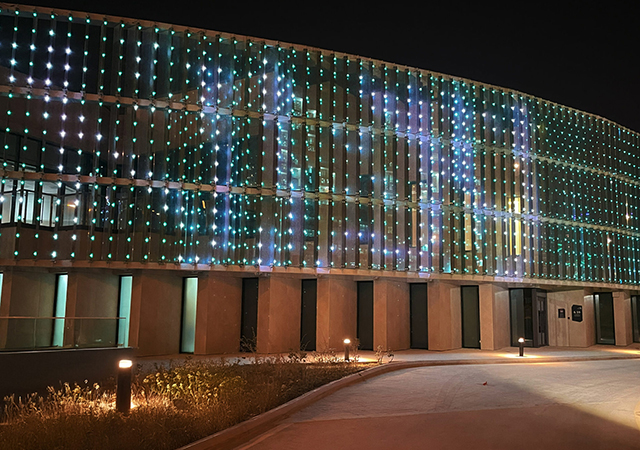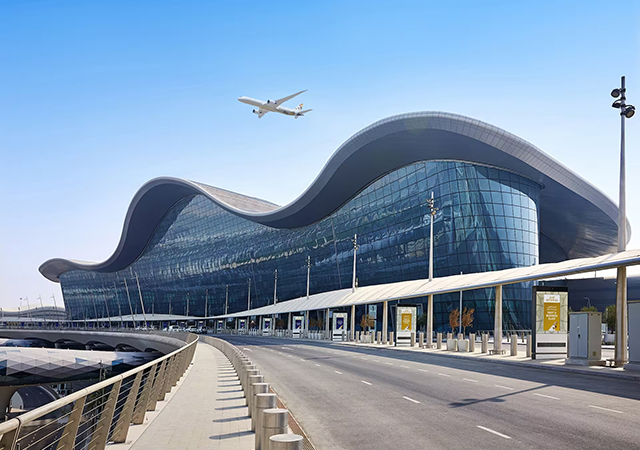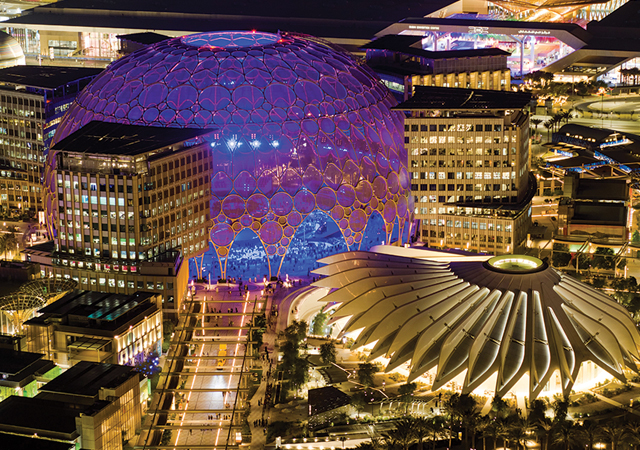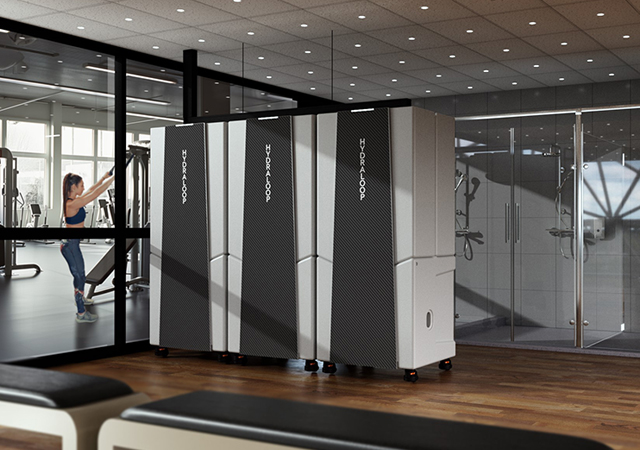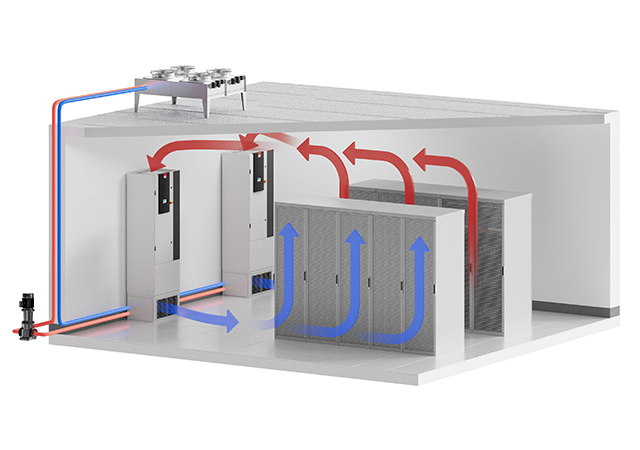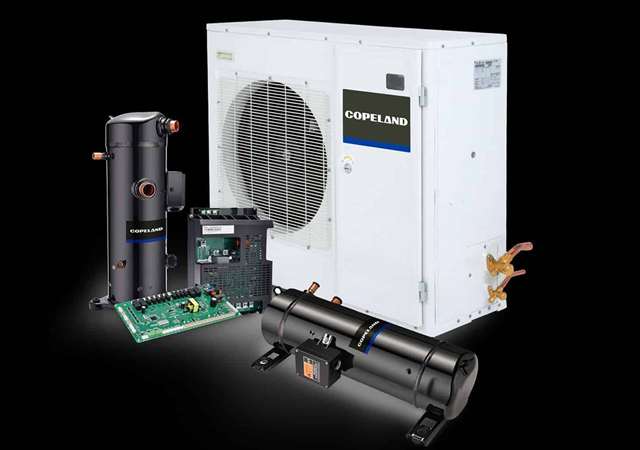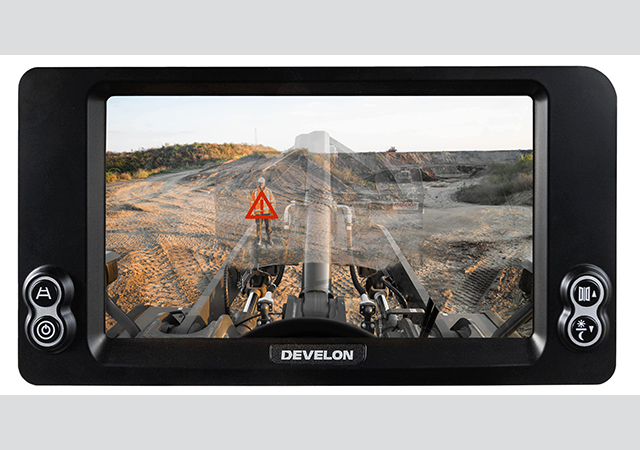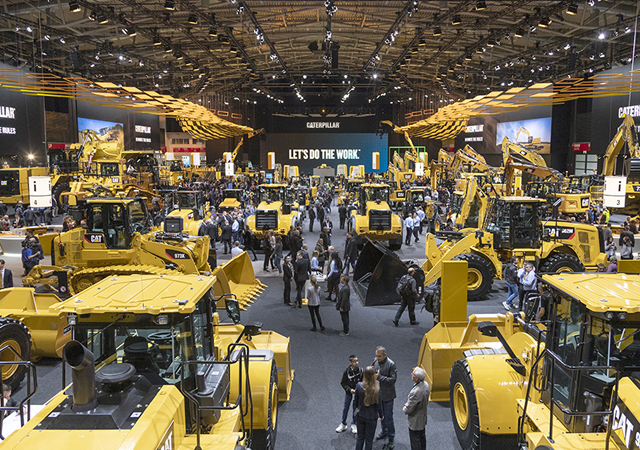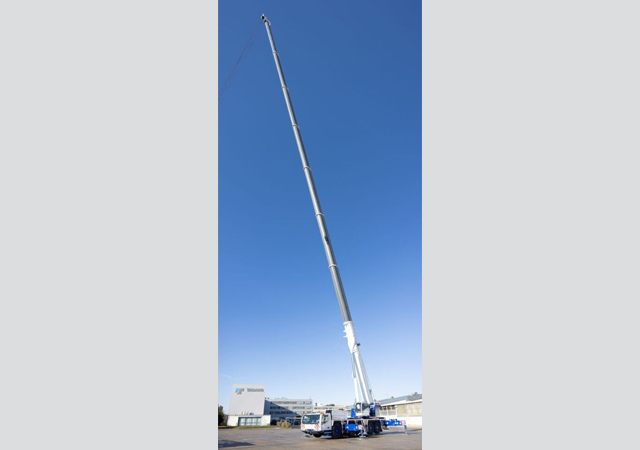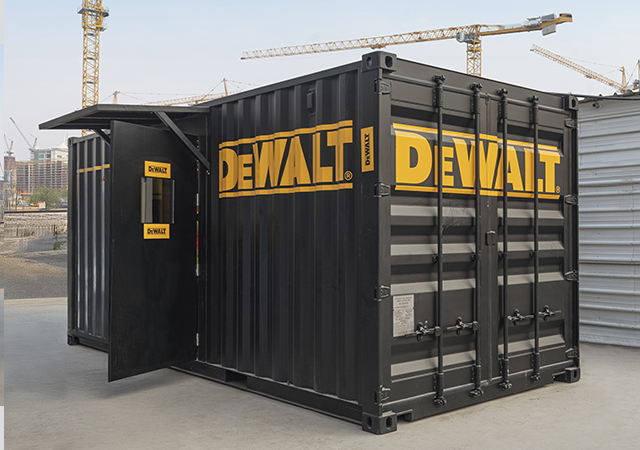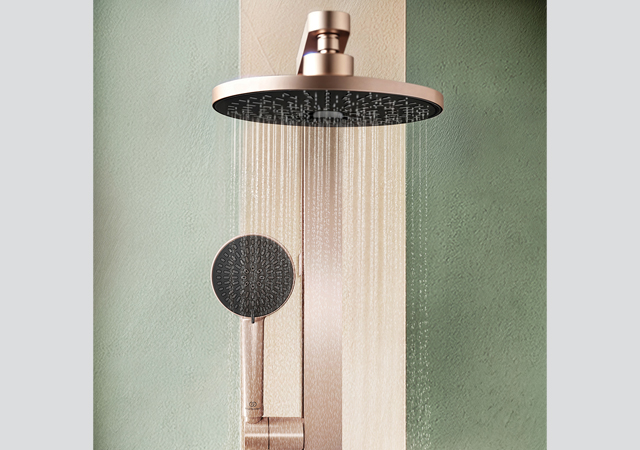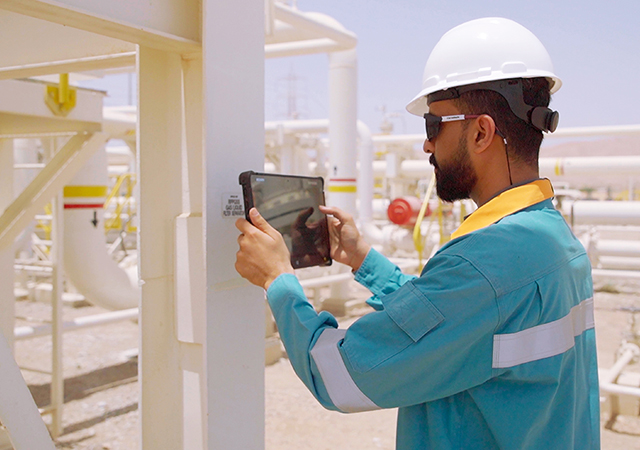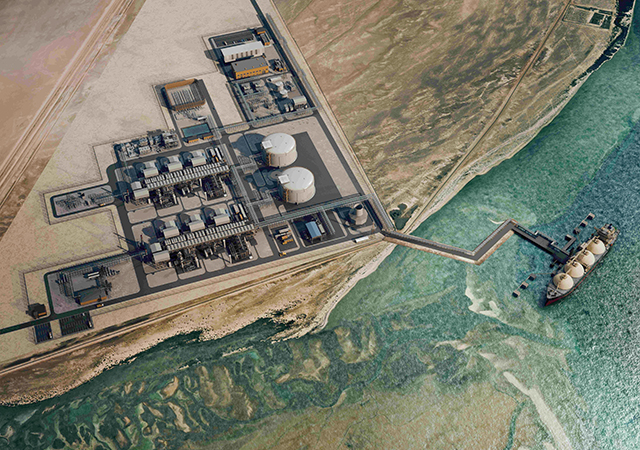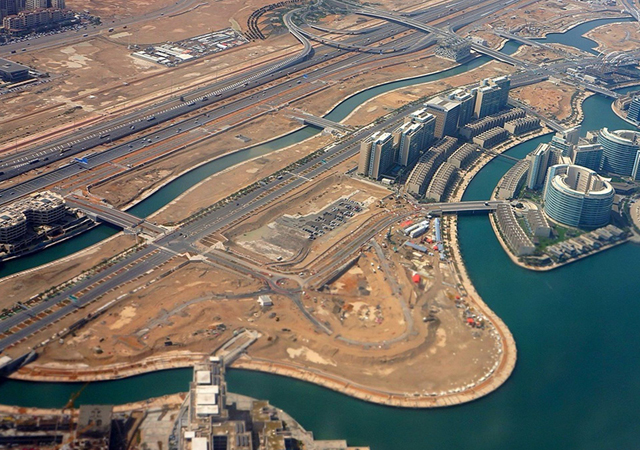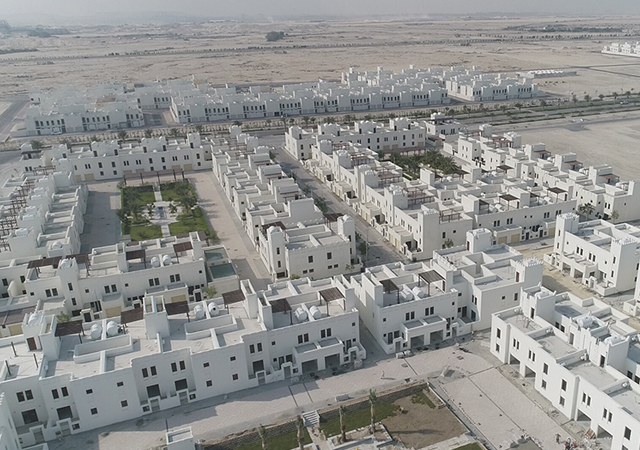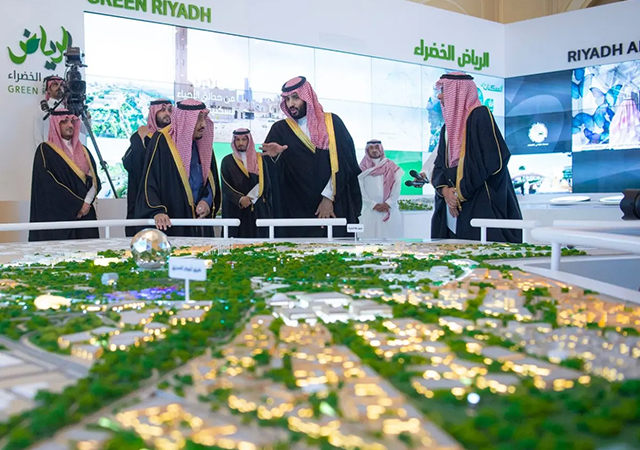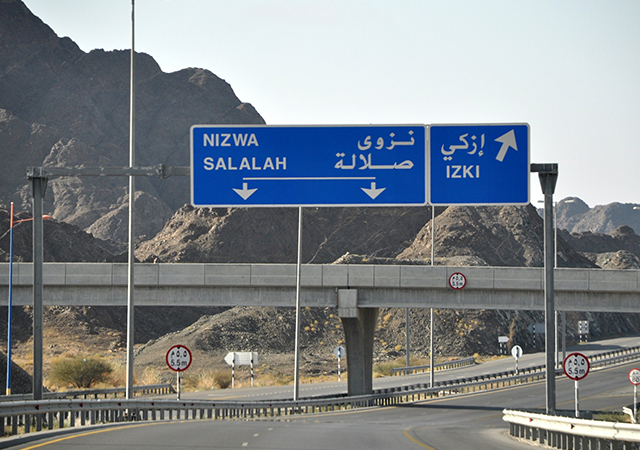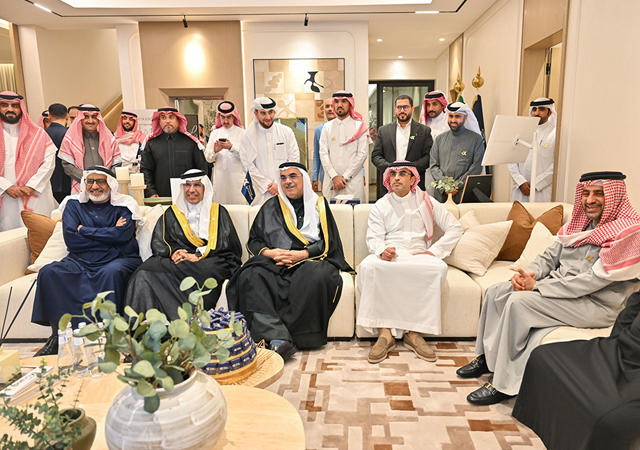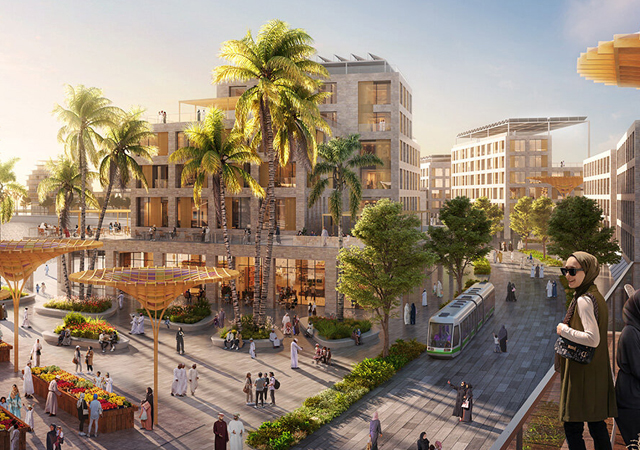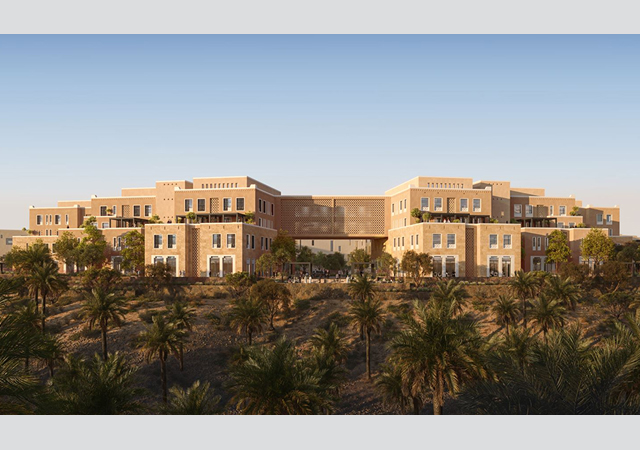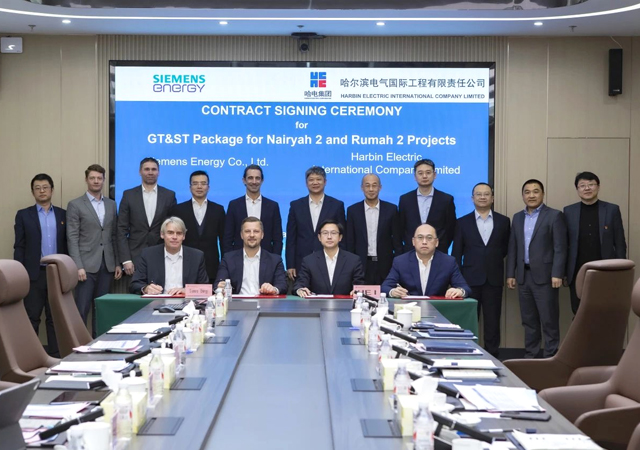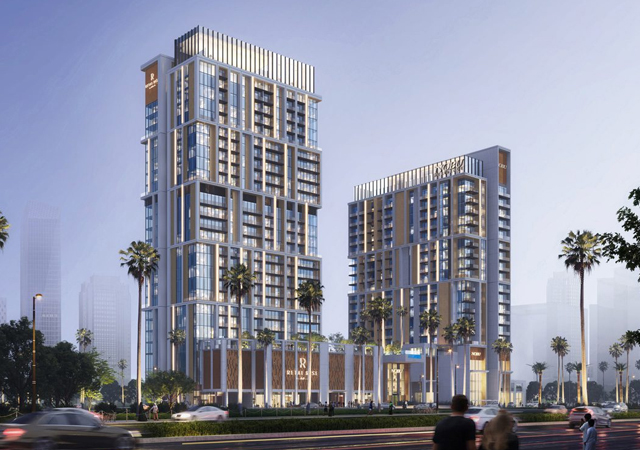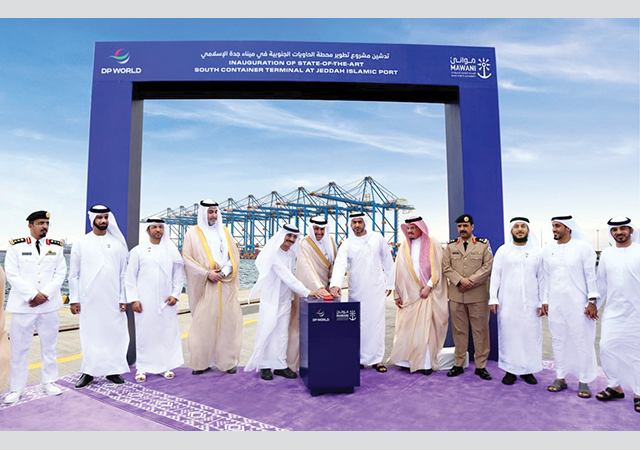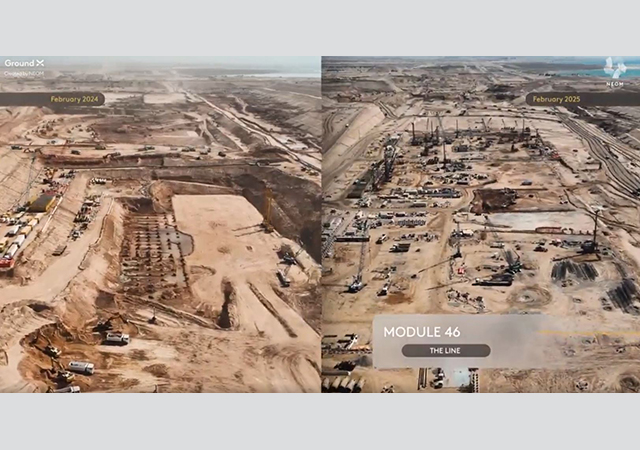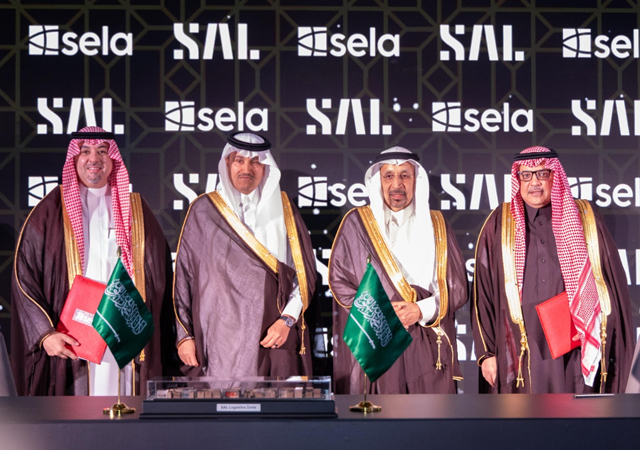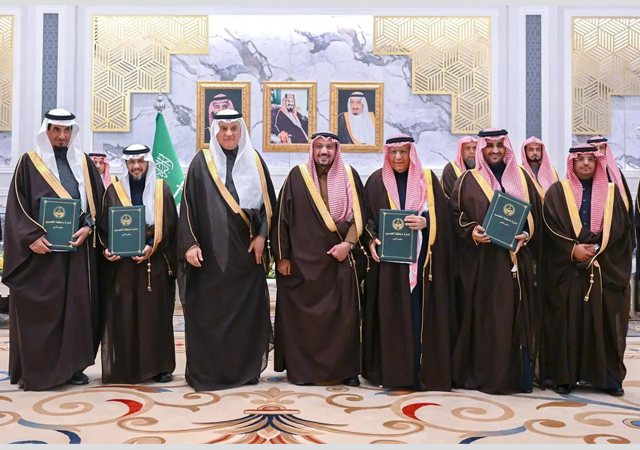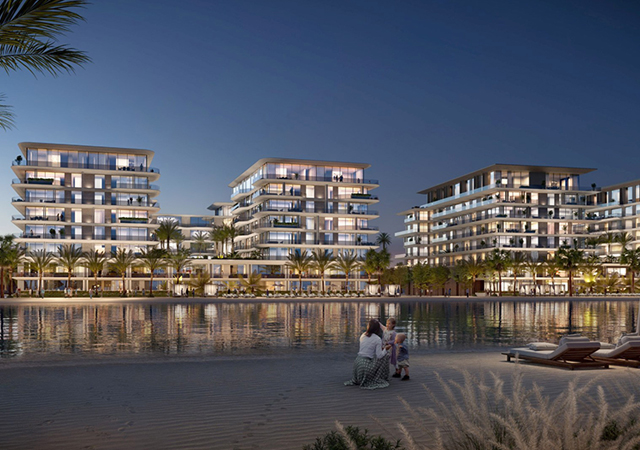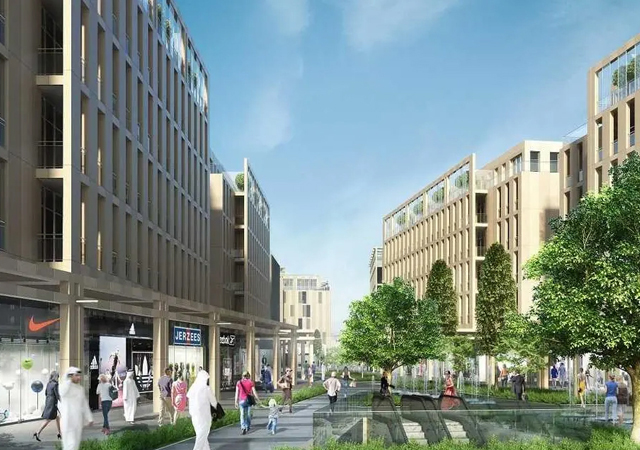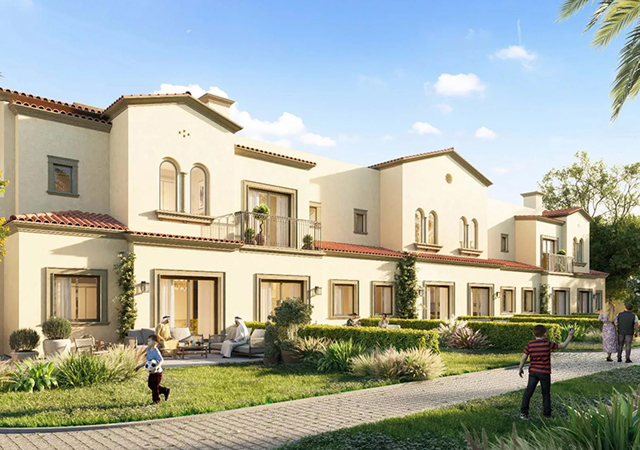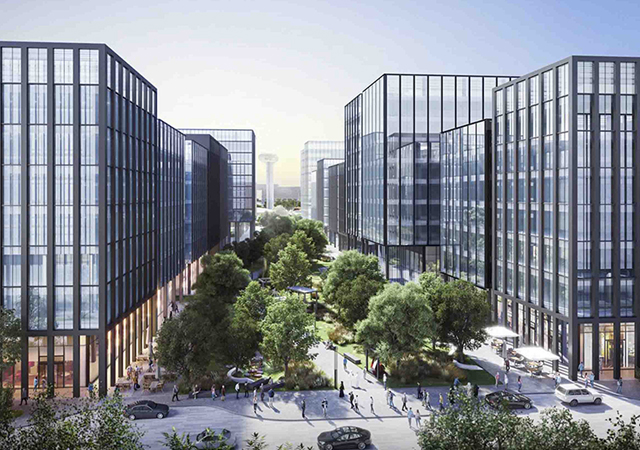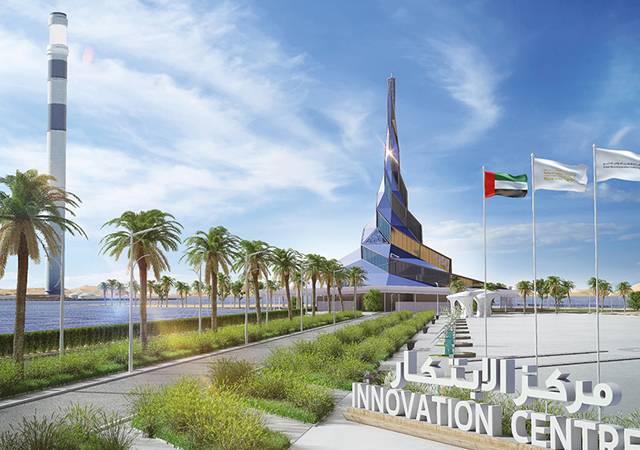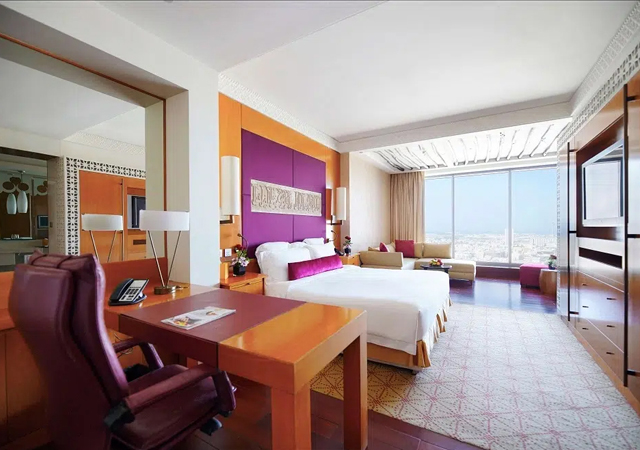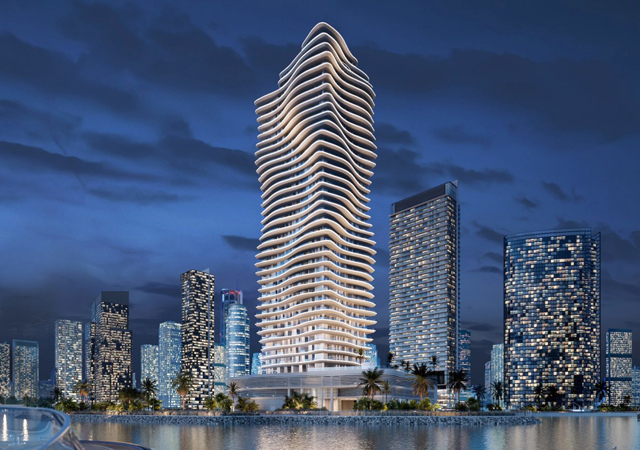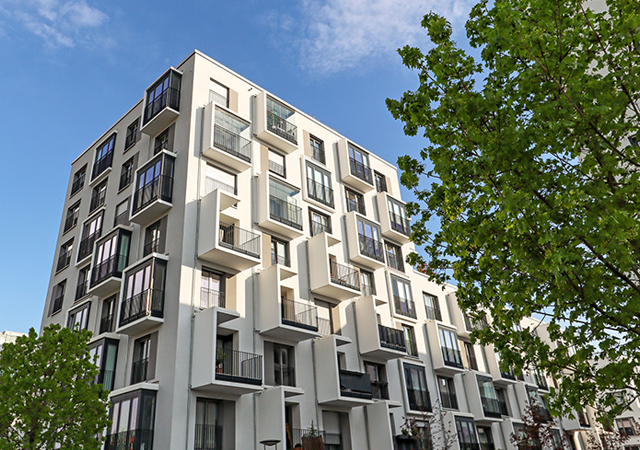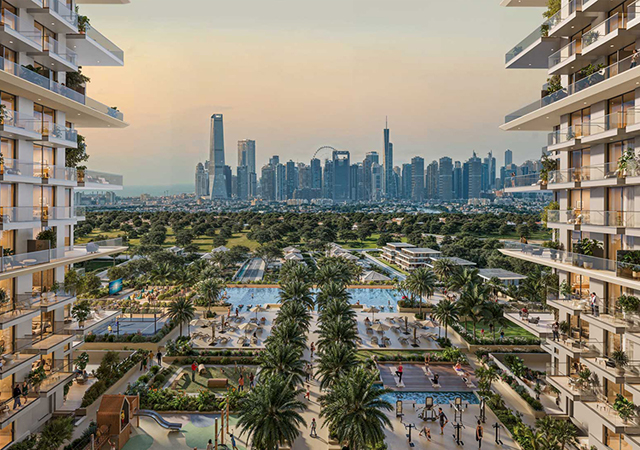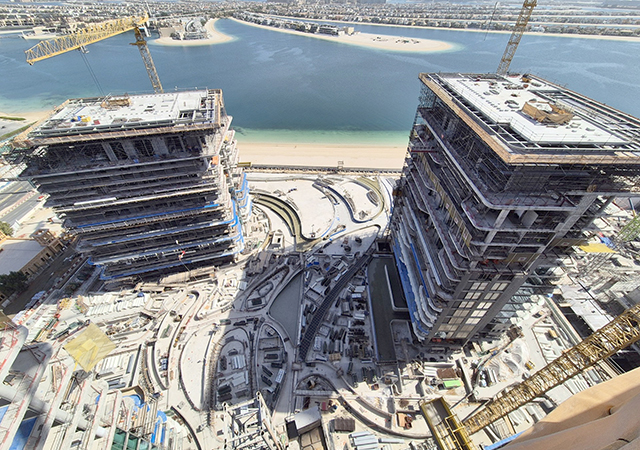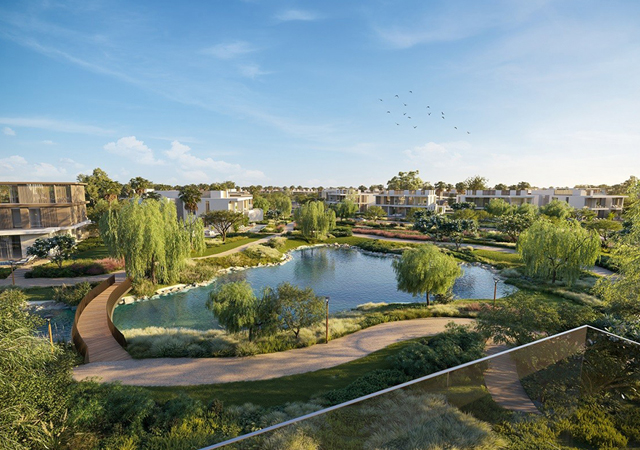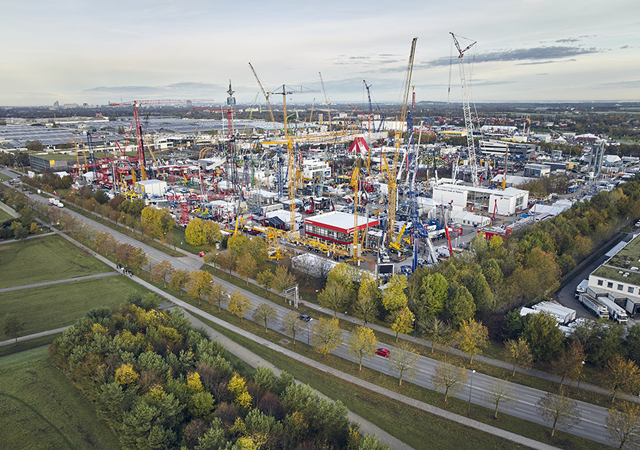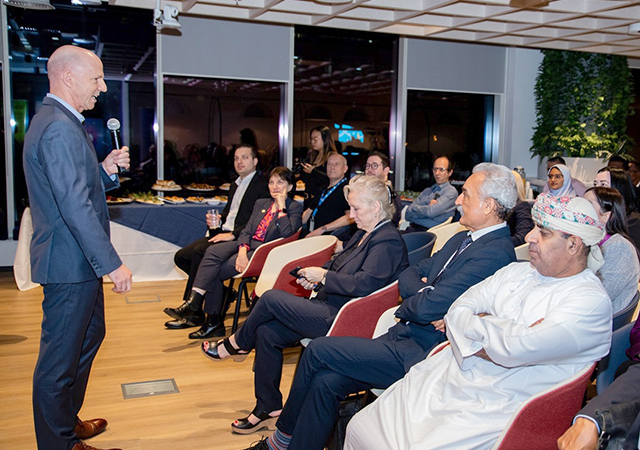
 Installation of AGRU PE systems in bridge building.
Installation of AGRU PE systems in bridge building.
AGRU’S high-grade thermoplastic products are highly durable, flexible and resistant to ultraviolet (UV) rays, which makes them especially suitable for the various bridge building projects being constructed in the region, said the UAE-based BMC Gulf.
The company, which is the agent for AGRU Kunststofftechnik in the region, says the Austrian firm’s products have been used on a number of bridge projects worldwide for various applications ranging from protecting the bridge foundations and the stay cables of stay-cabled bridges to supporting the services that bridges carry such as drainage and water supply networks.
Bridges are subject to deterioration due to chemicals, sea or salt water, as well as being susceptible to damage during an earthquake; the properties of high-grade thermoplastic products make them resistant to damage in such environmental conditions, according to AGRU.
 |
“The Gulf region, with its extreme climatic conditions, will benefit from the high quality products that are particularly suited for bridge building,” said a spokesperson for the company.
“The material has superior resistance to chemicals, environmental effects and UV rays. It is clean and environment-friendly (being halogen free), causing no environmental impact during installation. It is easy to handle, install and shows perfect weldability,” she said.
AGRU’S thermoplastic products have a wide range of applications in this sector, and are suitable for beam, cantilever, arch, cable-stayed and truss bridges. Its PE 100/PE 100-RC thermoplastics can be used for surface water drainage, water supply and deicing systems while its PE 100/PE 100-RC pipes as well as spiral and well pipes can be used to protect stay cables. For the protection of the foundations and below-grade sections of bridges and the bridge piles, the company offers concrete protective liners or pipe linings.
The advantages of high-quality thermoplastic products are well demonstrated in the production of white bridge pipes, which is done in two steps: First, the pipes are produced using the extrusion process on modern extruder units. In the second step, two 2-mm-high spirals are placed on the outside of the pipe at an angle of 45 degrees and welded around by using a specially developed machine from AGRU. This machine can be used to produce a diverse variety of bridge pipes in different colours, said the spokesperson.


